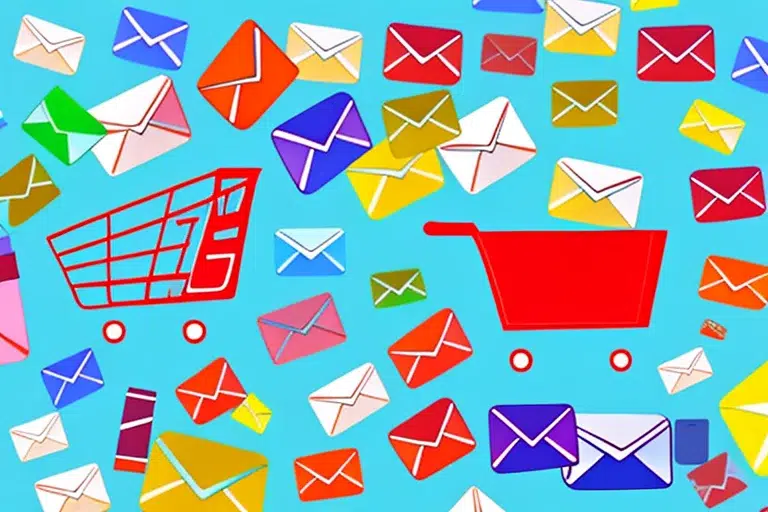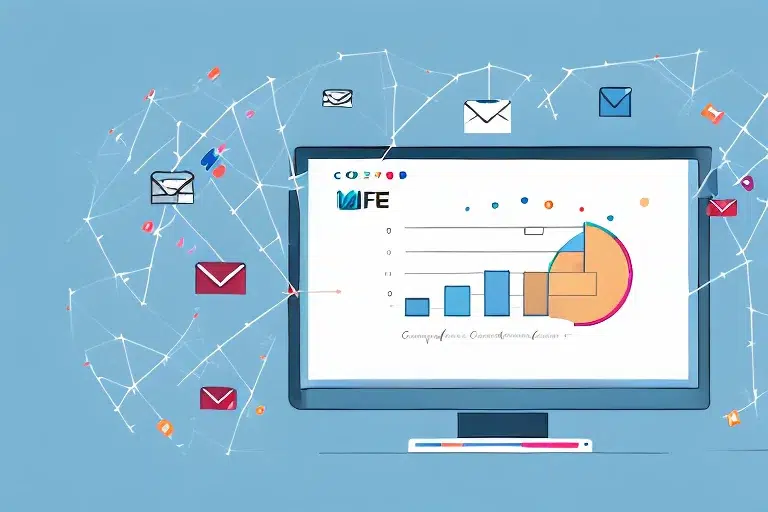Proven Email Marketing Strategies for Magento E-commerce Businesses

In today’s fast-paced digital world, email marketing has emerged as one of the most effective strategies for businesses to reach and engage their target audience. For e-commerce businesses using the Magento platform, harnessing the power of email marketing can be a game-changer. In this article, we will explore the importance of email marketing for e-commerce […]
Mastering Magento: Top Email Marketing Tactics

In today’s digital age, email marketing remains a powerful tool for driving sales and building customer loyalty. For Magento users, the popular e-commerce platform offers a range of features and extensions to enhance their email marketing efforts. In this article, we will explore how merchants can leverage the power of Magento to develop effective email […]
Unlocking the Power of Magento for Email Marketing

In today’s digital world, email marketing has become an essential tool for businesses looking to connect with their customers and drive growth. And when it comes to harnessing the full potential of email marketing, Magento stands out as a powerful platform. In this article, we will explore the basics of Magento, the importance of email […]
Maximizing ROI: An In-depth Look at Shopify Email Marketing

In today’s digital age, email marketing has become a powerful tool for businesses to reach out to their customers and drive sales. For Shopify store owners, email marketing is an essential strategy to maximize return on investment (ROI) and build a loyal customer base. In this article, we will explore the fundamentals of Shopify email […]
How to Optimize Your Shopify Email Campaigns for Higher Conversions

Email marketing is a crucial component of any successful e-commerce business. When done right, it can drive sales, increase customer engagement, and ultimately lead to higher conversions. As a Shopify store owner, it’s important to understand the role of email campaigns in your overall marketing strategy and learn how to optimize them for maximum impact. […]
Best Practices for Shopify Email Marketing: Tips and Tricks
Email marketing is a powerful tool that can help drive sales and engagement for your Shopify store. In this article, we will explore the importance of email marketing in Shopify and provide you with tips and tricks to optimize your strategy. From setting up your Shopify email marketing plan to crafting effective email campaigns, we […]
The Ultimate Guide to Email Marketing for Shopify Stores
In the world of e-commerce, email marketing has emerged as a powerful tool for businesses to connect with their customers and drive sales. For Shopify stores, in particular, email marketing can be the key to unlocking new opportunities and nurturing customer relationships. In this ultimate guide, we will explore the importance of email marketing for […]
Boost Your Shopify Sales: Email Marketing Strategies You Need
In today’s competitive e-commerce landscape, finding effective strategies to boost your Shopify sales is crucial. One overlooked yet incredibly powerful tool is email marketing. By leveraging the potential of email campaigns, Shopify sellers can engage with their audience, build brand loyalty, and ultimately drive conversions. In this article, we will explore the importance of email […]
